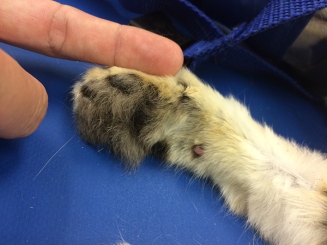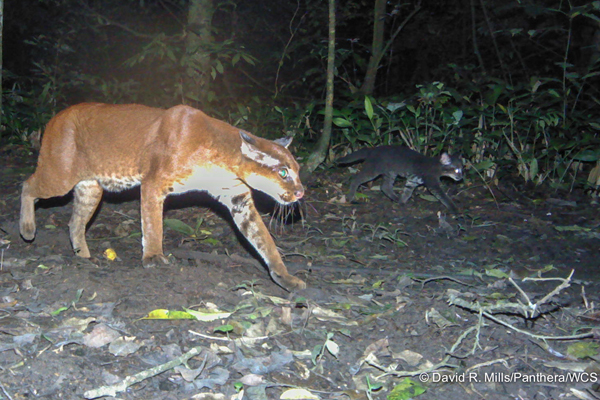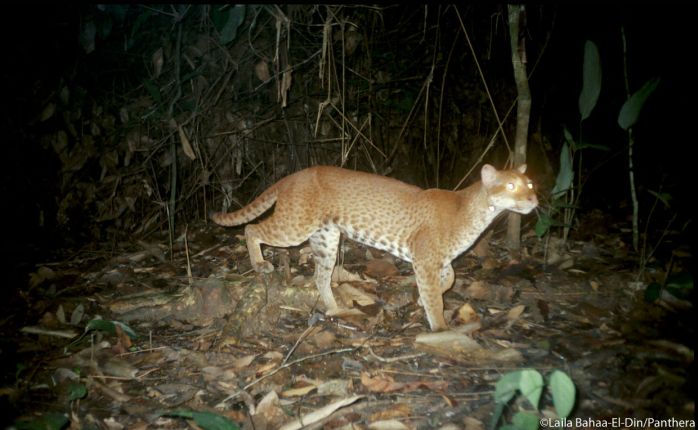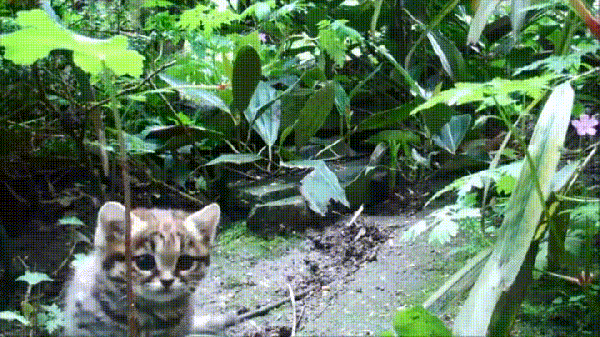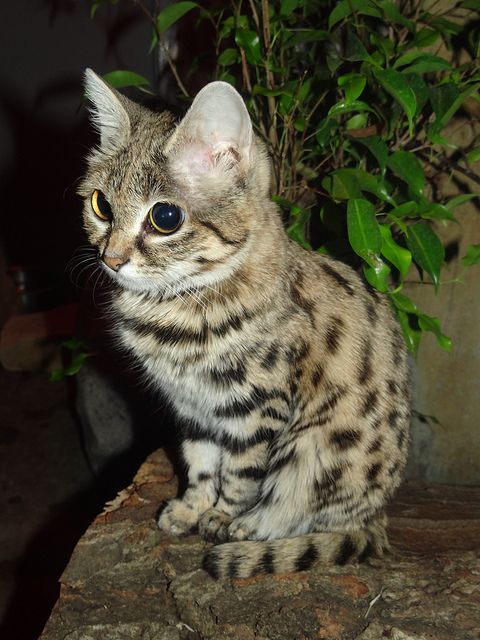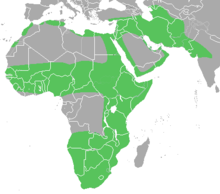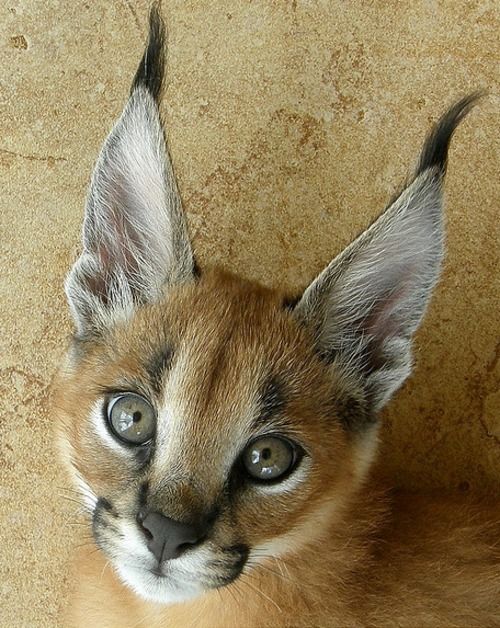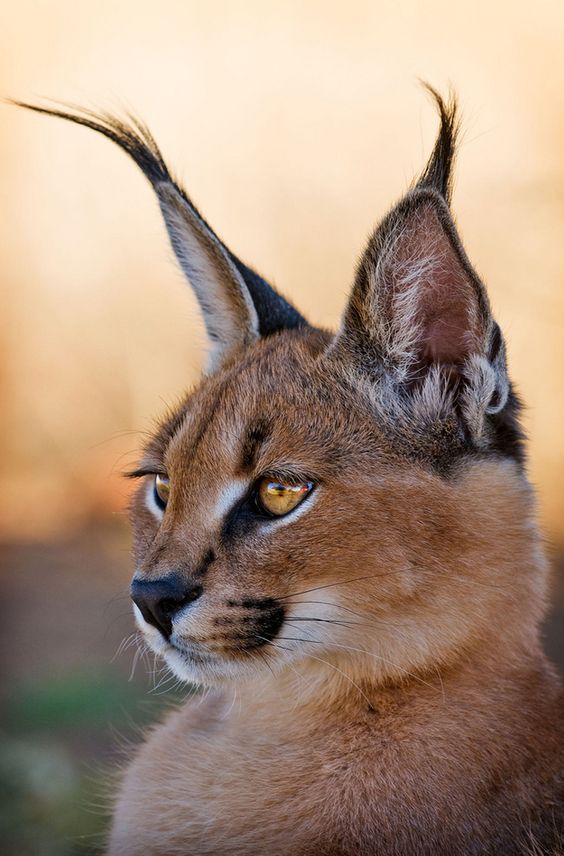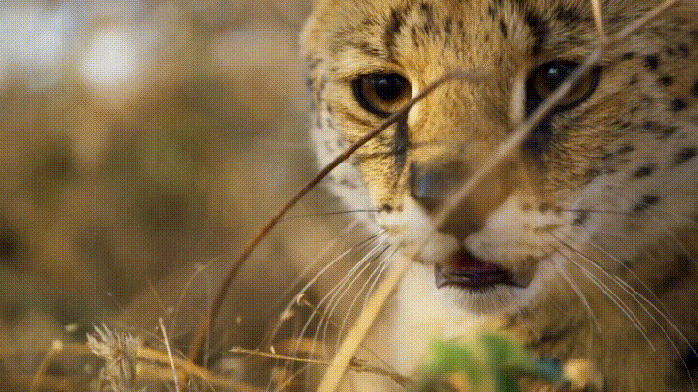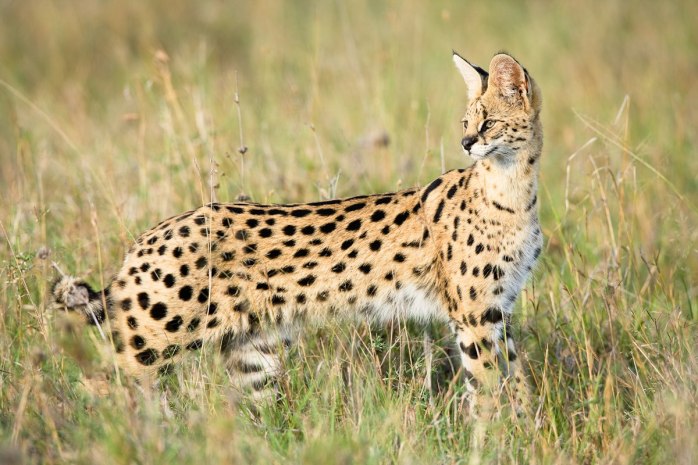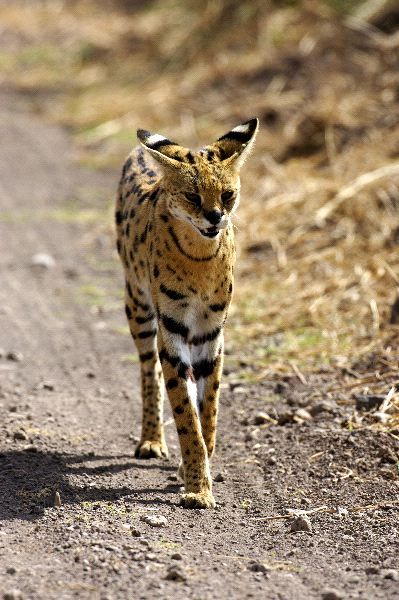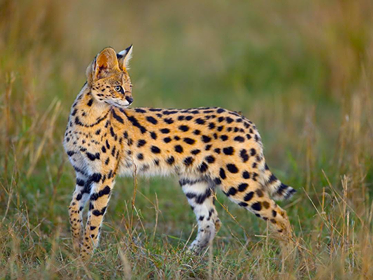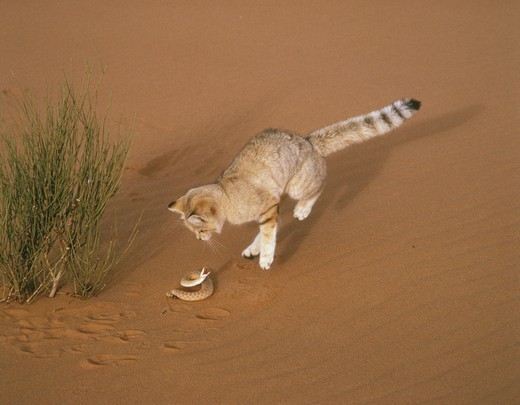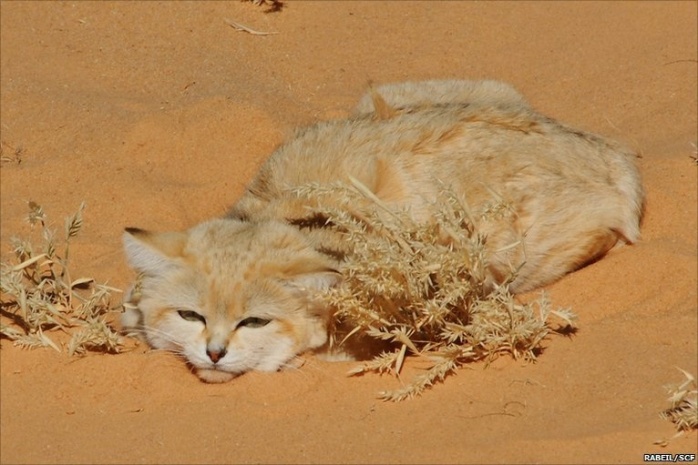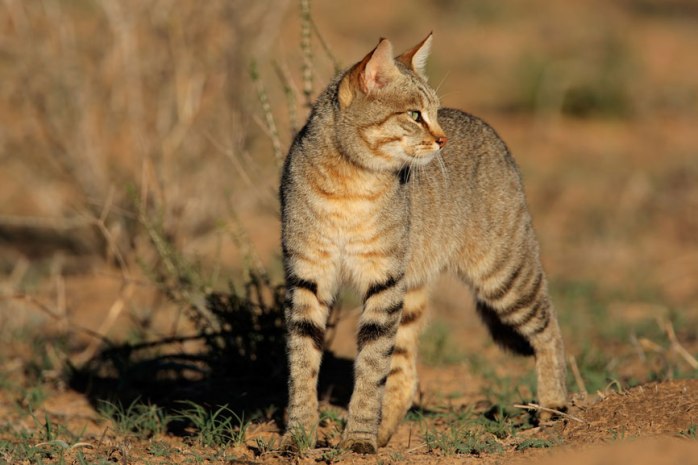FELIS-UK
The Small Wild Cat Organisation
African Cats
African Golden Cat (Caracal aurata)

Also known as: Golden cat, Gato Dorado (Spanish),
Conservation status: Vulnerable
Size: The adult African Golden cat is 24 to 40 inches long from the head to the base of the tail; the tail adds a further 6-14.5 inches. It weighs roughly between 5-14 kg.
Colour and markings: Orange to grey coat that is plain or partially spotted.
Distribution: Central and West Africa.

Prey: Rodents, birds, small monkeys, small mammals and young antelope.
Threats: Extensive deforestation of tropical rainforests, their conversion to oil palm plantations coupled with mining activities and road building are destroying its essential habitat.
CAT-FACT: The African golden cat pelt has one distinguishing feature: the fur, from just in front of the shoulders to the crown of the head, changes direction and points forward. The junction of the change in direction of the hair pattern is marked by whorls and a low, crest-like ridge.
Video:
Photo Gallery:
Black Footed Cat (Felis nigripes)
Also known as: Small-spotted cat, Little spotted Cat, Sebala Cat, Miershooptier (meaning Ant-Hill Tiger in Afrikaan).
Conservation status: Vulnerable.
Size: The adult Black-footed cat is roughly between 13 to 20 inches long from the head to the base of the tail; the tail adds a further 6 – 8.5 inches. It weighs roughly between 1.5 – 2.75 kg.
Colour and markings: A Tawny gold base coat with black or dark brown spots that merge into bands and spots.
Distribution: Desert and bushland of Southern Africa.
Prey: Small birds and rodents.
Threats: Loss of habitat leading to loss of prey.
CAT-FACT: The name of this cat, the smallest African cat species, is slightly misleading as the paw pads and undersides of the feet are black but nothing else. Attempts to rename the cat failed. They are also the most successful hunters in the feline family with roughly a 60% success ratio. Its understood they consume between 10-14 birds and rodents each night.
Video:
Cat Specific Research and fund raising: The Black Footed Cat Project
Photo Gallery:
Caracal (Caracal caracal)
Also known as: Gazelle cat, Red cat, Rooikat, Red or Persian lynx as well as African and Desert Lynx.
Conservation status: Least Concern.
Size: The adult Caracal is between 23 to 41 inches long from the head to the base of the tail; the tail adds a further 7 – 13 inches. It weighs roughly between 11-20 kg.
Colour and markings: Reddish brown base coat with no markings.
Distribution: Africa & Asia.
Prey: Birds, rodents, antelope and deer.
Threats: Habitat destruction due to agriculture and desertification is a significant threat in central, west, north and northeast Africa where Caracals are naturally sparsely distributed.
CAT-FACT: Caracals are small cats and grow only 3 feet long. Caracals have large ears with tufts of fur at the tips which they use to communicate with (see above).
Video:
Cat Specific Research and fund raising: Urban Caracal Project
Photo Gallery:
Serval (Leptailurus serval)
Also known as: Tierboskat.
Conservation status: Least Concern.
Size: The adult Serval is roughly between 26 to 39 inches long from the head to the base of the tail; the tail adds a further 9 to 17 inches. It weighs roughly between 8 – 16 kg.
Colour and Markings: Tawny gold base coat with black uneven stripes and spots.
Distribution: Central and Western Africa.
Prey: Birds, reptiles, fish, small mammals and rodents.
Threats: Loss of habitat and hunted for its pelt.
CAT-FACT: The name Serval is Portuguese for “wolf-deer. Servals’ hind legs are longer than its front ones, great for leaping high in the air (see above).
Video:
Cat Specific Research and fund raising: African Wildlife Foundation
Photo Gallery:
Sand Cat (Felis margarita)
Also known as: Sand dune cat.
Conservation status: Least Concern.
Size: The adult Sand cat is 15 to 22 inches long from the head to the base of the tail; the tail adds a further 10 – 14 inches. It weighs roughly between 2 – 3.5 kg.
Colour and markings: Pale sandy to light brown base coat with stripes around the tops of their legs.
Distribution: Northern Africa and Central and South Western Asia.
Prey: Lizards, snakes and Insects.
Threats: Habitat Degradation.
CAT-FACT: Thanks to the furry paws, sand cats don’t leave footprints in the sand. It has thick fur on its paws so that it can walk on very hot sand without getting burnt (See below).
